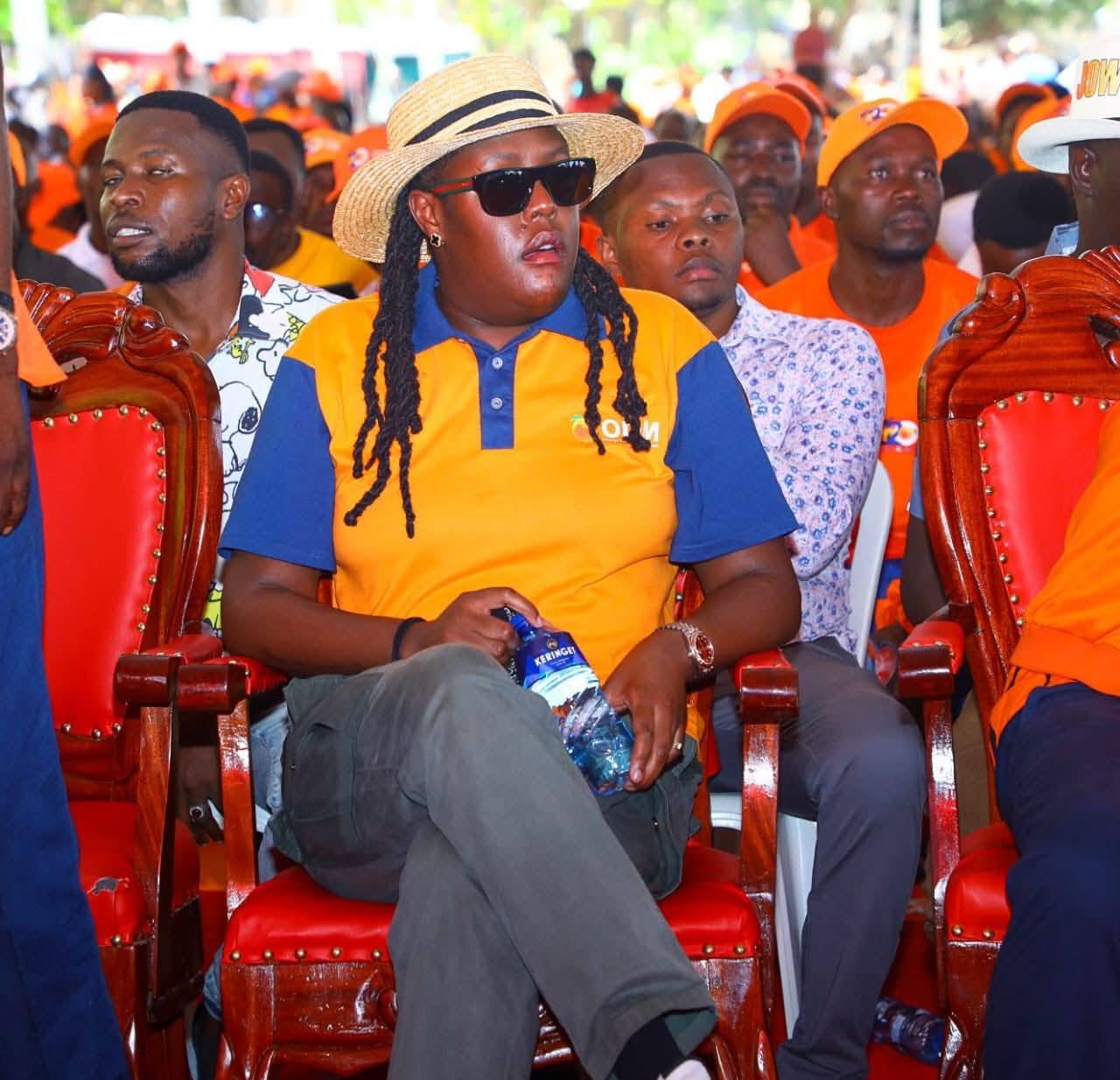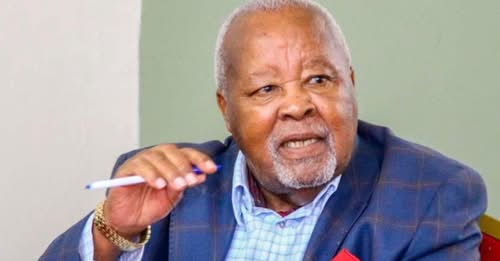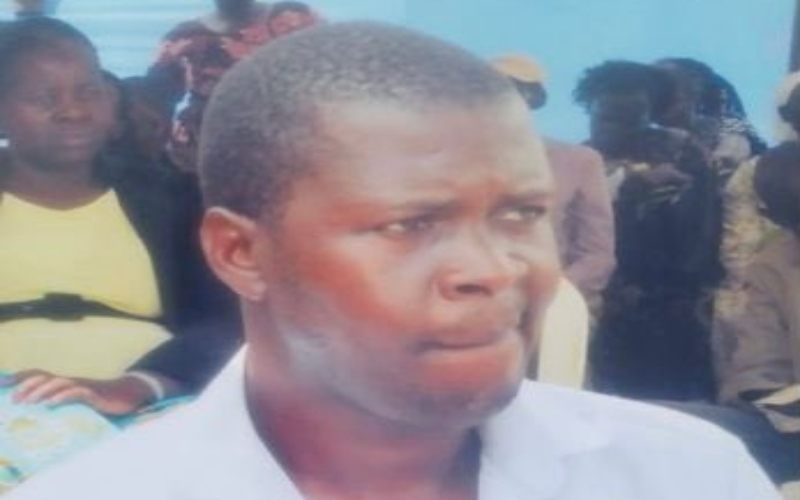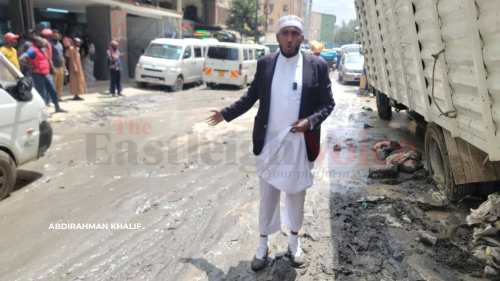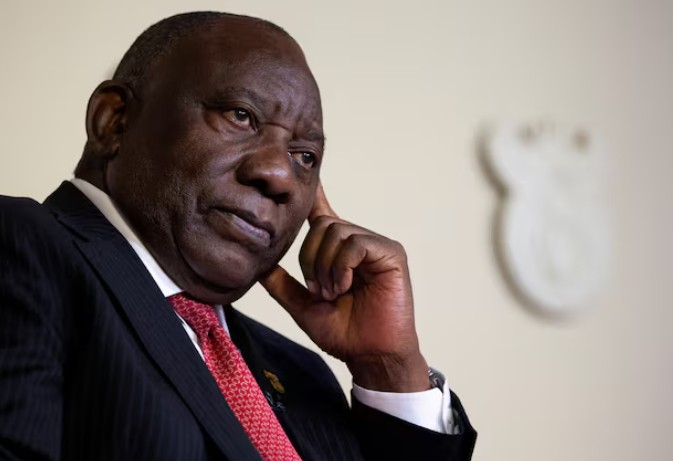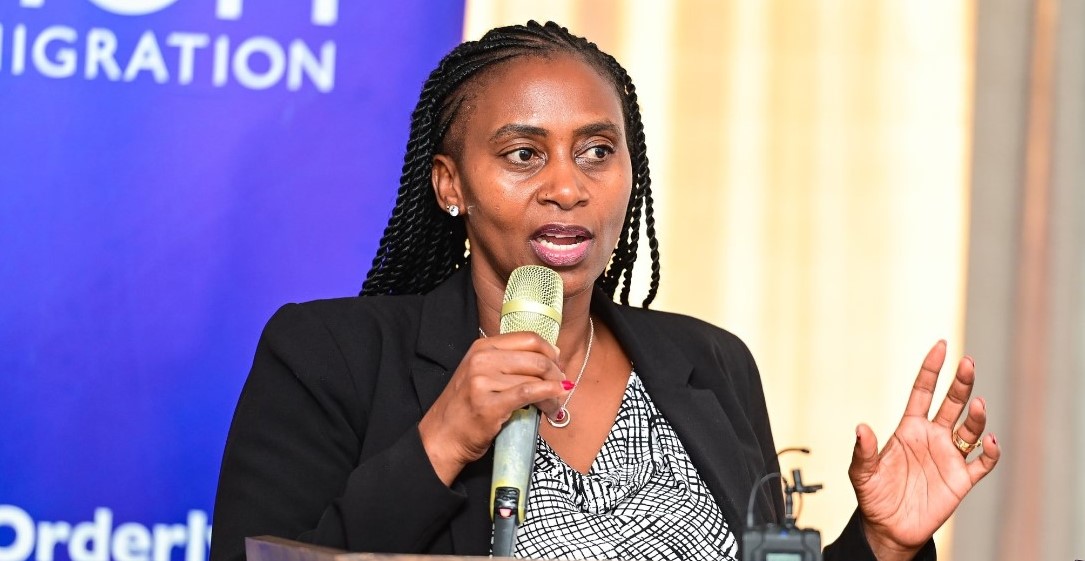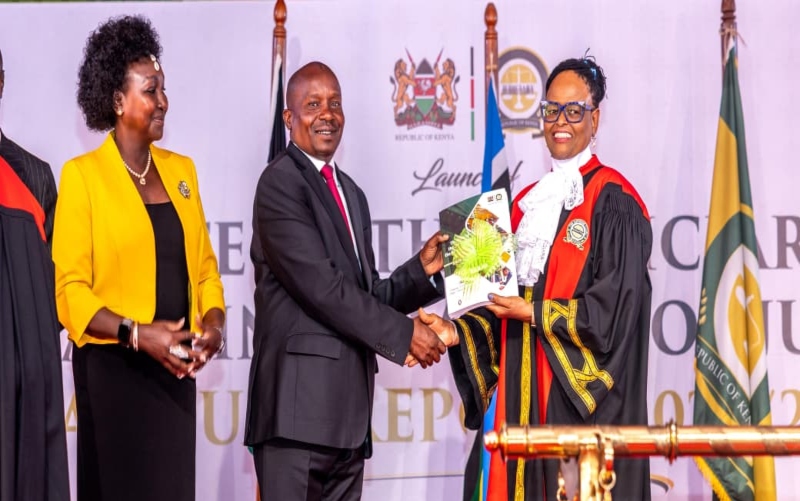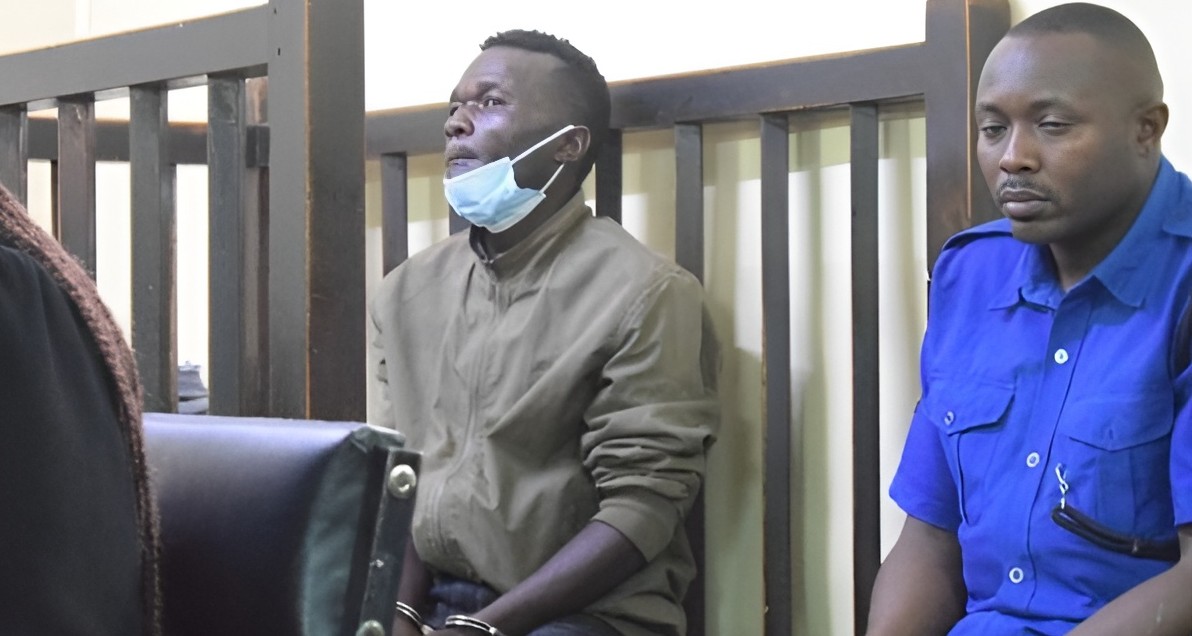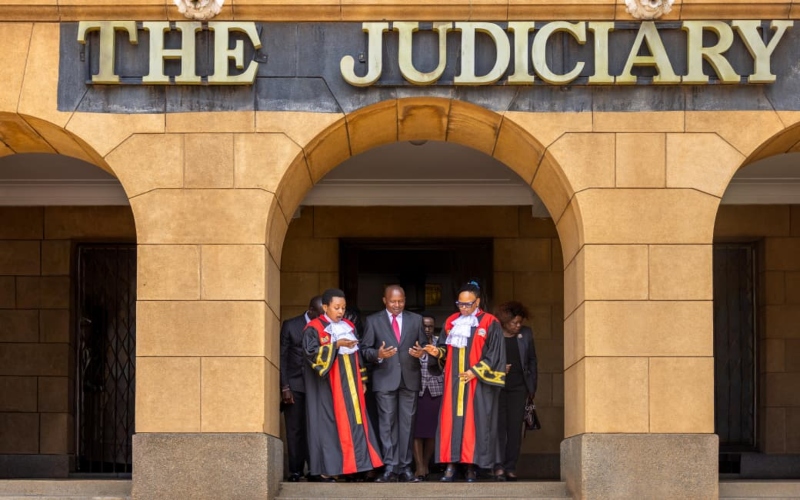Fighting intensifies in eastern DRC as hunger crisis deepens
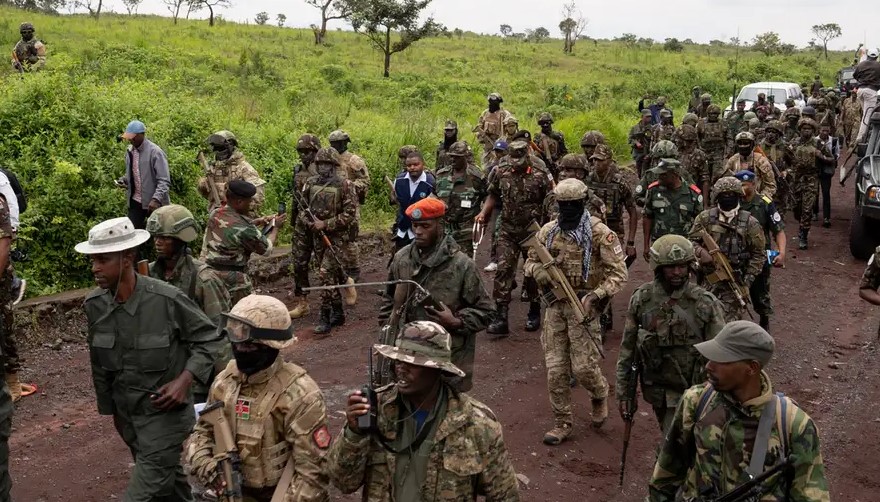
The fighting, in a war that has lasted decades, has increased the risk of an all-out conflict between the DRC and Rwanda, that could suck in neighbours and regional forces.
Violent clashes escalated on Monday morning in Sake, a town in the eastern province of North Kivu in the Democratic Republic of the Congo (DRC).
According to local reports, the clashes involved the Congolese army, the Wazalendo rebel group and the M23 rebels.
More To Read
- UN decries ‘truly horrific’ massacres in DR Congo
- Rwandan, Belgian foreign ministers hold talks to mend ties after months of tension
- DR Congo, M23 commit to ceasefire and humanitarian protocols with new peace deal
- DRC and M23 rebels sign Doha Peace Framework in bid to end conflict
- DRC and Rwanda draft agreement to boost trade and investment
- Millions face escalating hunger crisis in eastern DRC, UN agencies warn
The fighting, in a war that has lasted decades, has increased the risk of an all-out conflict between the DRC and Rwanda, that could suck in neighbours and regional forces, including South Africa, Burundi, Uganda, Tanzania and Malawi.
In the past week, fighting between DRC armed forces and the M23 rebel group has forced thousands of people to pack up their belongings and flee often on foot to safer areas, such as the regional capital of Goma, even though the rebels are closing in on the city.
More than 230,000 people fled to Goma in February alone, according to the United Nations High Commissioner for Refugees (UNHCR).
While more and more people arrive in already overcrowded camps, the UN's World Food Programme (WFP) has reported that it is struggling to feed those most in need because humanitarian funding has fallen short.
On a recent visit to Goma, WFP's Executive Director, Cindy McCain, witnessed firsthand the horrors unfolding for millions affected by the conflict.
"The city of Goma is surrounded by tens of thousands of temporary shelters, and the numbers are growing every single day," she said last week.
"The displaced people crammed into them urgently require food, clean water and sanitation. WFP needs the support of donors and partners to step up our response to this worsening crisis and provide badly needed assistance to people living in the camps before it's too late."
The DRC, a strategically important and mineral-rich region, has been grappling with numerous rebel factions in its resource-abundant eastern region for decades, with an estimated count of around 100 groups.
These conflicts stem from regional wars in the 1990s, triggered by Rwanda's pursuit of genocidaires responsible for the 1994 mass killings of Tutsis, which spilled over into Congolese territory.
The primary motivation for most of these groups is to control valuable natural resources such as cobalt and copper, both essential materials for electronics manufacturing.
Rwanda sees militias such as the FDLR—the Democratic Forces for the Liberation of Rwanda—as a threat to its security and accuses Kinshasa of supporting them. The DRC accuses Kigali of funding and sympathising with the M23, but both sides have denied these allegations.
In Lusaka, Zambia, on Saturday, leaders of the Southern African Development Community (SADC), who met to review the security situation in the DRC, reiterated their commitment to the peacekeeping mission and condemned a protest letter written by Rwanda in February.
The letter, which has been sent to the United Nations Security Council (UNSC), opposes its plan to support the mission.
South Africa, Tanzania and Malawi, which are SADC member states, deployed to the DRC on December 15 last year to help the government restore peace and security in the east.
The DRC is one of the bloc's 16 members.
Top Stories Today

